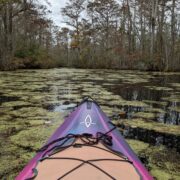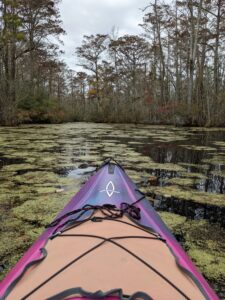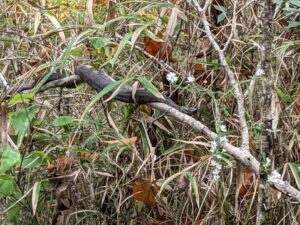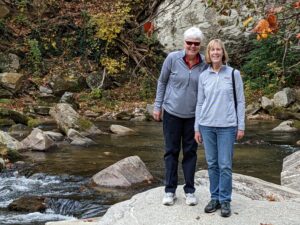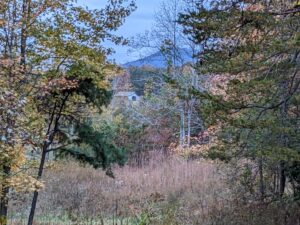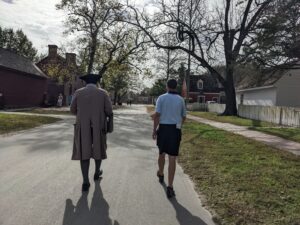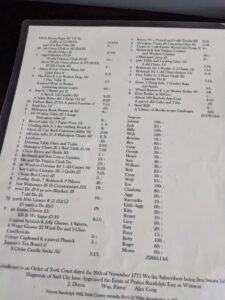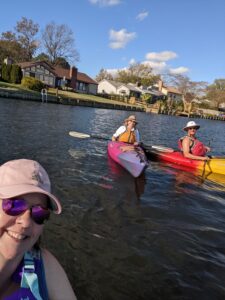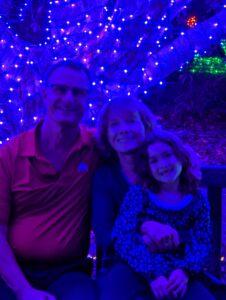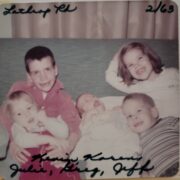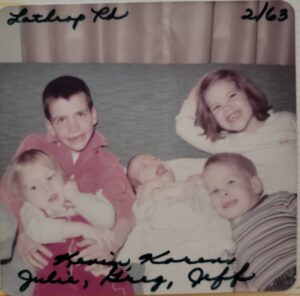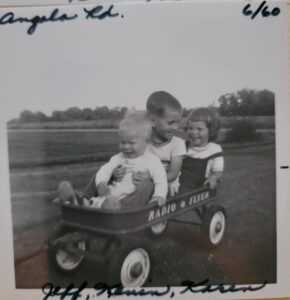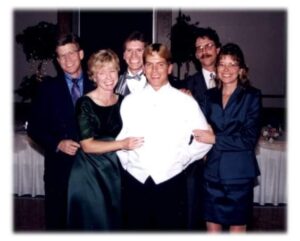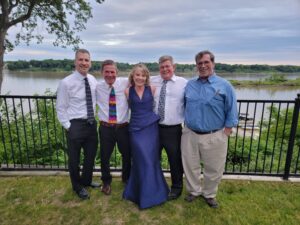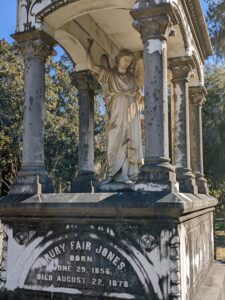From Coast to Coast
Don’t you love it when the perfect book enters your life at the perfect time?
My friend Beth Fry lent me Last Train to Paradise, the story of Henry Flagler’s quest to build the railroad along the eastern coastline, and ultimately, all the way to Key West.
The timing to read this fascinating account couldn’t have been better, as we had just traveled along much of the railway route.
From our last reported east coast adventures in Port St. Lucie, we traveled down to Fort Lauderdale. Our digs for the two weeks were quite unique…
Yep, that’s our rig, with literally a million (or Five!) dollar view. We stayed at the Yacht Haven Park and Marina which is located in the Marina Mile district. As the term suggests, yachts of all sizes call this area home.
We had awesome neighbors, the Covely family of New Jersey. John is an avid fisherman, and was kind enough to take us out on his boat. We had a great time listening to John’s stories and catching a variety of fish. Sadly, none of them were large enough to keep. As John offered, the hour long trip through the channel, past the Intercoastal and out to the ocean was worth the price of admission. The closer we got to the big water, the bigger the homes got!
We also had a blast cheering on the Eagles in the Super Bowl with John and Marianne’s family, including their daughter Colleen and crew. We love making new friends on the road!
Two are always better than one!
During our stay, we ventured over to Naples for an annual golf event staged by our friends Jim and Susan Stahl. The event drew over 50 golfers from Toledo, with another 50 joining us after for cocktails. Our foursome was the only team of women, and took a respectable 3rd place. Brad and I spent the night with brother and sister-in-law, Mark and Marcia before heading back to Fort Lauderdale.
Our awesome team…from r to l Susan Stahl, Linda Gilmore, Marcia and yours truly!
We also snuck in a day trip to visit our friends Rob and Marina Wade in Boca Raton. Luna made herself quite at home, enjoying the salt water pool. The four of us ventured out for a St. Valentine’s dinner at Louie Bossi’s Italian Ristorante. The salmon was delicious!
We don’t go out to eat too often on the road, so this was a special treat, with special friends.
After two weeks exploring, kayaking, golfing, biking and seeing friends on the east coast, our travels took us west.
Although Henry Flagler’s rail line ran along the other coast, The Last Train to Paradise detailed the horrific damage to the railway due to hurricanes. This was relevant as we ventured into Port Charlotte/Punta Gorda and witnessed first-hand the devastating effects of Hurricane Ian.
We had a lovely time with Tom and Beth Fry, who were kind enough to allow us to park our rig on their lot. What fun we had hanging out with them during the day, and popping back into the motorhome to sleep at night. Luna enjoyed swimming in their pool too. We cruised in their boat across the bay to Fishermen’s Village in Punta Gorda for lunch.
Tom and Beth were quite hospitable, even hosting a Rubini family gathering. We were treated to a visit with Brad’s niece, Liz and her family, including husband Jason and sons Jackson and Brendan. (Brad’s half-brother Stan stopped by too.) We had so much fun at the cookout that we forgot to take pictures! But, we snuck in some extra time with Liz and Jackson the next morning at the farmer’s market in Punta Gorda.
After our brief three-day visit, we pointed the coach north, traveling to Land O’ Lakes, outside of Tampa. We stayed for a week, hanging with long-time friends, Jan and Bryan Spaulding. Bryan was Brad’s fraternity father, that’s how far the friendship goes back to!
Jan is training for an upcoming biking adventure through Amsterdam, so Brad and I were happy to help in her efforts to prepare for the trip. Jan and I spent a morning on the Pinellas Bike Trail, then enjoyed brunch at the Wild Iris Cafe in the cute little town of Dunedin. I’d love to get back and explore the adorable village more in the future.
Bryan and Jan hosted us for several awesome dinners at their lovely home, and a fun evening out watching their friend, Cat, participate in the finals of a community karaoke contest. On our last day in the area, we traveled to the Weeki Wachee River for a kayaking adventure. We launched from Mary’s Fish Camp on the Mud River. Established in 1946, this camp is a quaint, old school spot. Brad and I wished that we could have hung out there for a few days.
We didn’t see any of the famous live mermaids, but we did see two manatees literally swimming under our kayaks.
This is the only picture we took over the week of Bryan and Jan…both trying to see the elusive manatee.
During our time in the area, Brad, Luna and I snuck in a visit with a friend who can claim responsibility for us. We traveled to Holiday to enjoy the hospitality of none other than Tim Gage and his lovely wife, Carrie and their daughter, Griffin. Their dachshund, Minnie, was quite tolerant of Luna as she made herself at home immediately, jumping into the pool and making a mess of their landscaping. (I’m sensing a pattern here!)
Tim and Carrie introduced us to their favorite haunt, Miss Vicki’s on the River. It was a beautiful, fun evening, spent reminiscing about high school antics (the guys) and sharing favorite music and concert experiences (the ladies).
Just as Henry Flagler’s quest came to an end, so too did our coast to coast adventures.
Next stop: The “Forgotten Coast.”
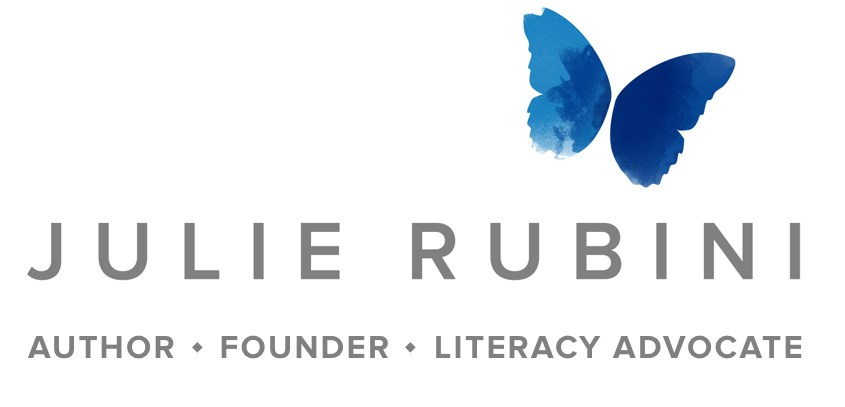

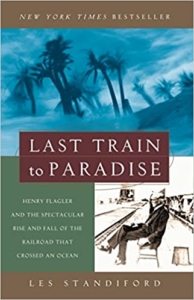

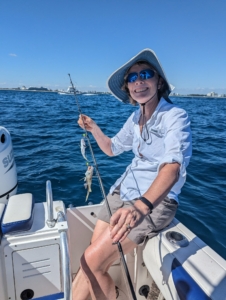
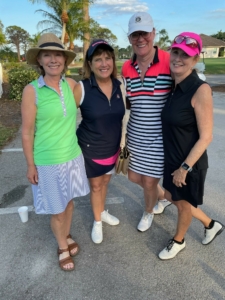
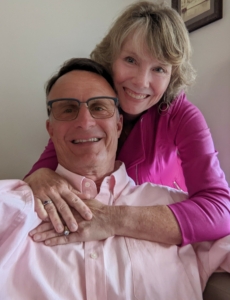
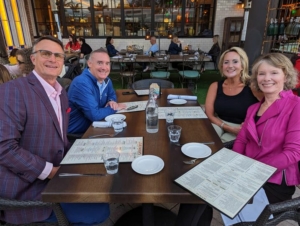
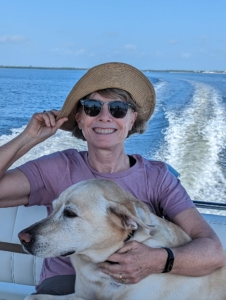
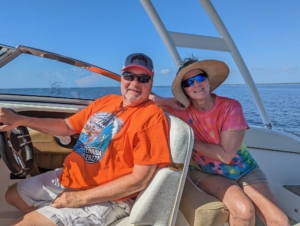
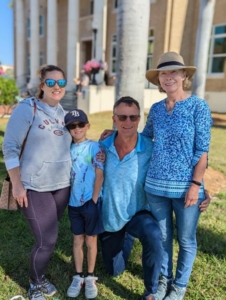
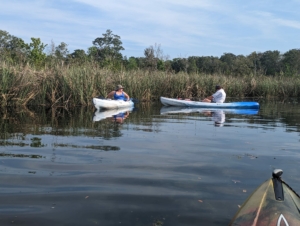
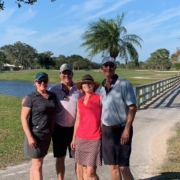
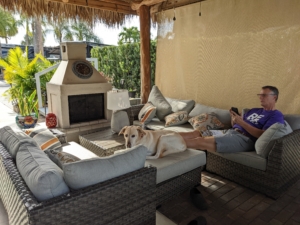
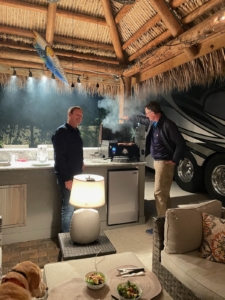

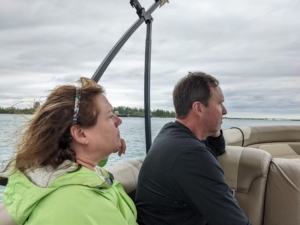


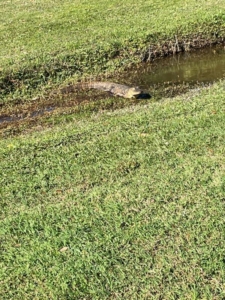
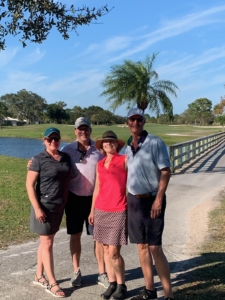

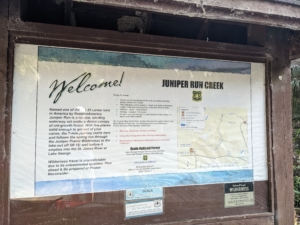




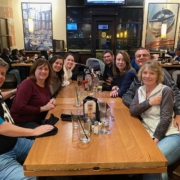
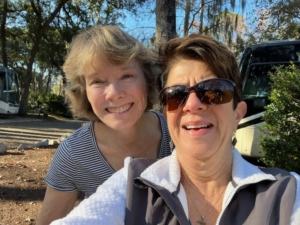
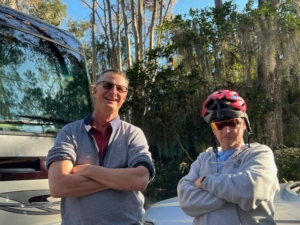
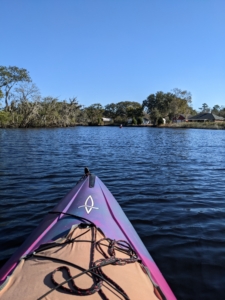
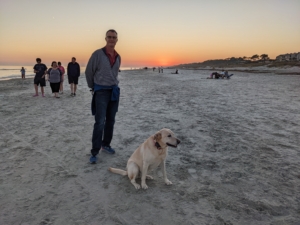

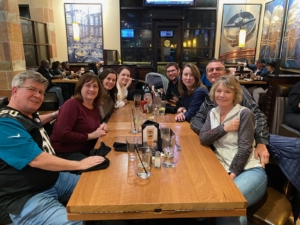
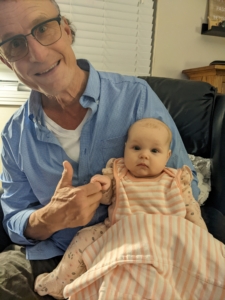
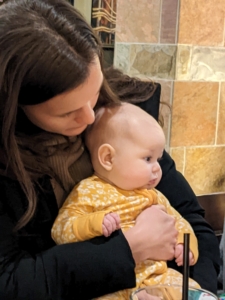
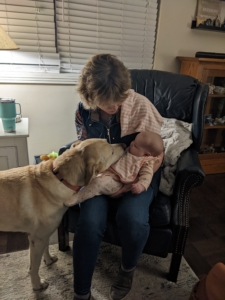
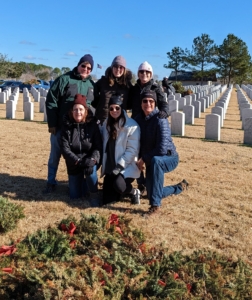
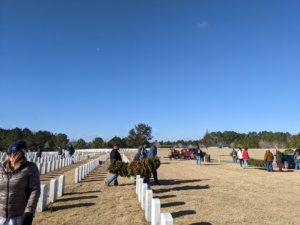
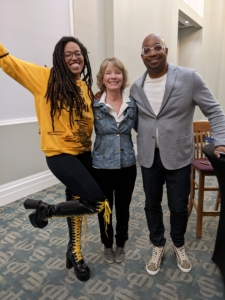
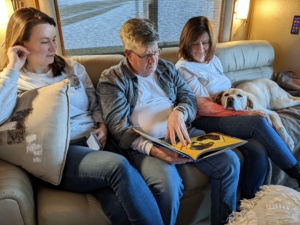


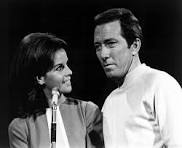


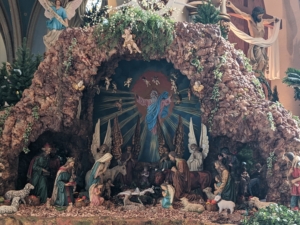
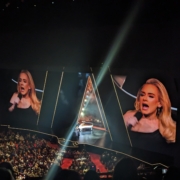
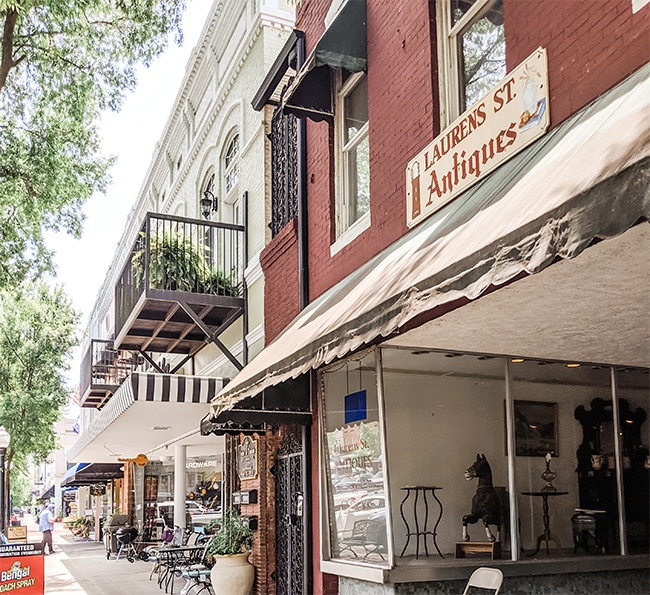
:max_bytes(150000):strip_icc():format(webp)/final_from_print_2481602_sprinpfe_1183_0-2000-d00b9a712a944f18993ca68b685b6b5c.jpg)
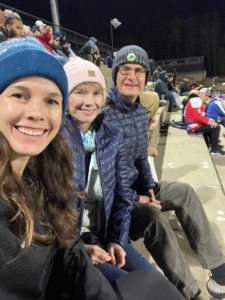
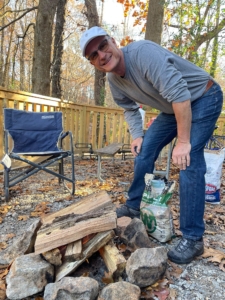
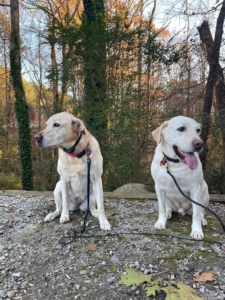

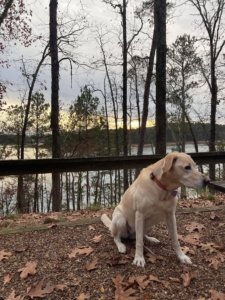
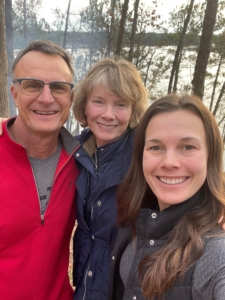
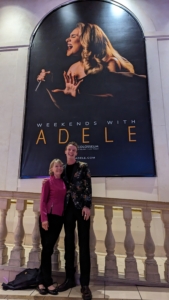
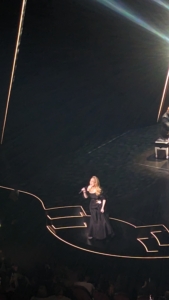



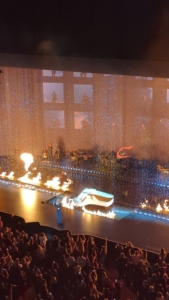
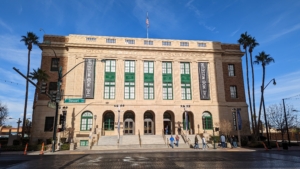
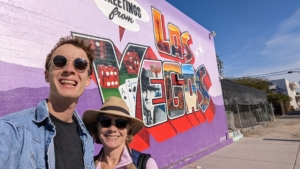
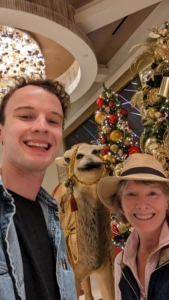
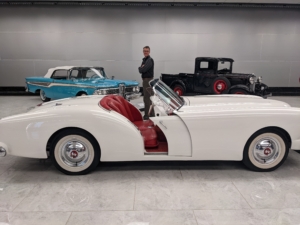

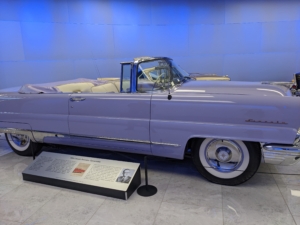
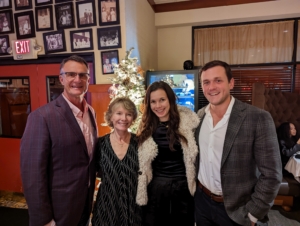
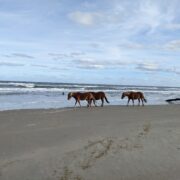
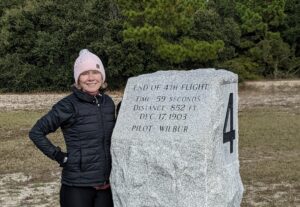
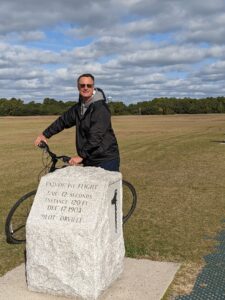
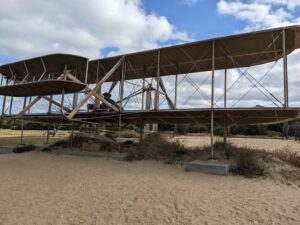
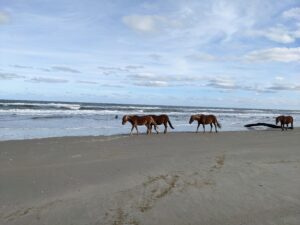
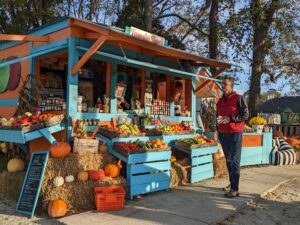
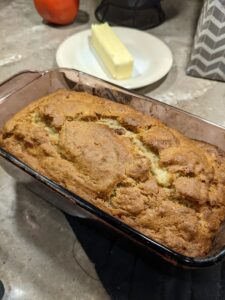

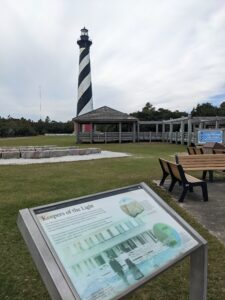


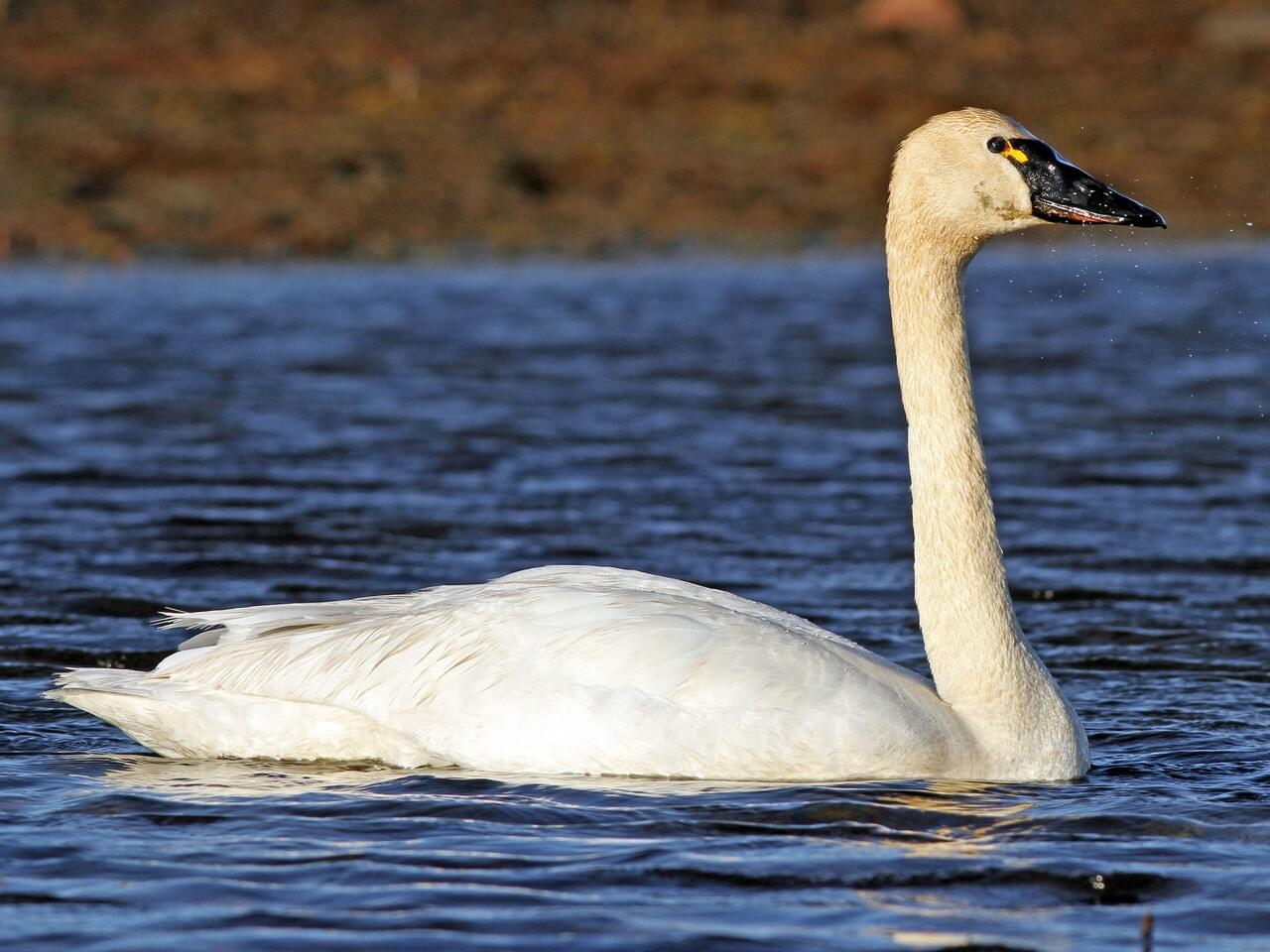
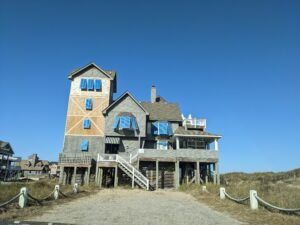

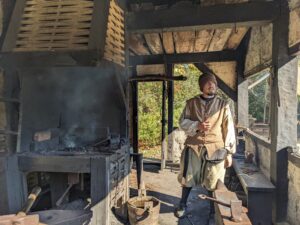
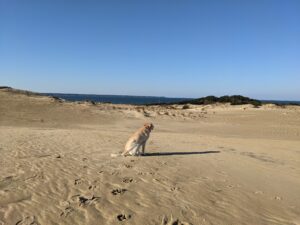


 f
f